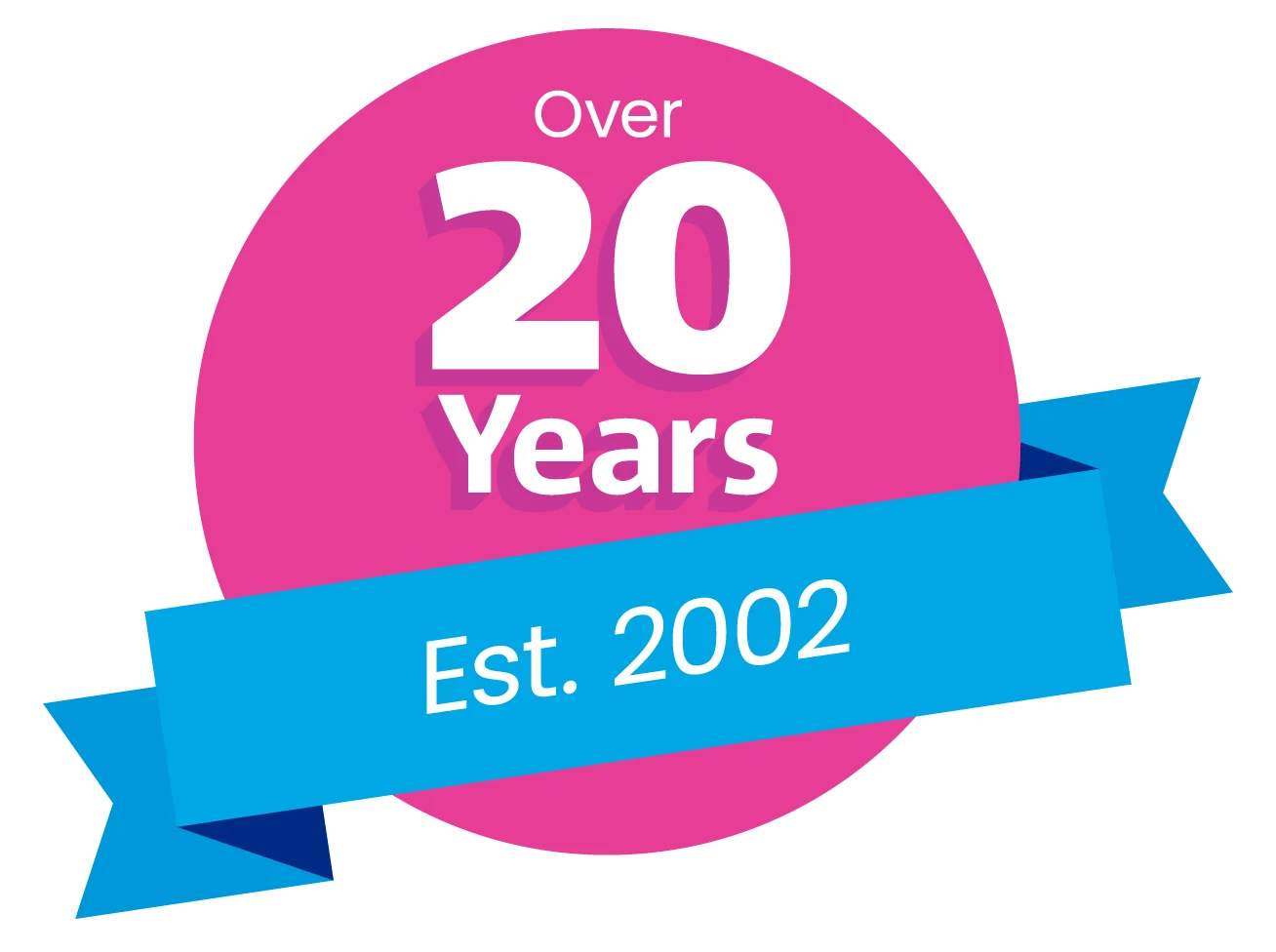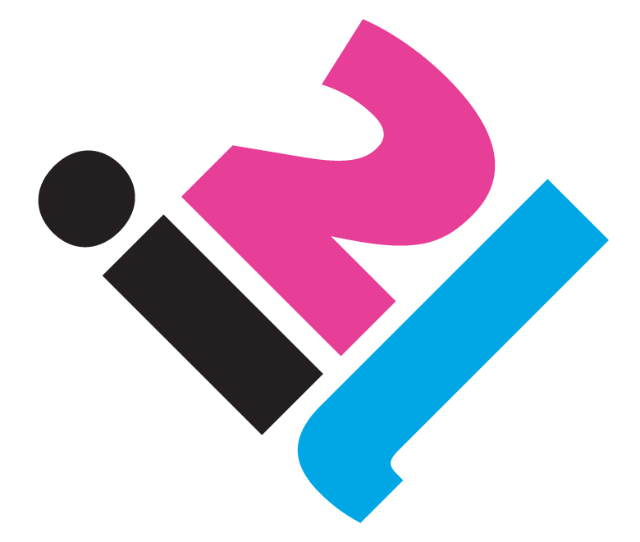A – Z Coaching and Mentoring – This week’s extract explores the widely used GROW model and how it can be useful as a framework for structuring your coaching and mentoring sessions.
Don’t forget if you have a special request for a definition of a coaching term or principle, just let us know! Perfect for anyone studying for an ILM Coaching & Mentoring qualification, or as a refresher for experienced coaches.
Gg
GROW (Whitmore 2002) is probably the most widely used of all coaching systems. The GROW model was developed in the mid 1980s by Alan Fine, Graham Alexander and Sir John Whitmore. It is based on the principle that peak performance isn’t about acquiring additional knowledge, but rather allowing a person to develop and act upon what they already know. Timely, accurate and better decisions produce better results. The GROW model was first written about in Whitmore’s book ‘Coaching for Performance’ and although there are now slight variations being used, the original four steps are as follows: ?
- Goal – The Goal is the end point, where the client wants to be. The goal has to be defined in such a way that it is very clear to the client when they have achieved it.
- Reality – The Current Reality is where the client is now. What are the issues, the challenges, how far are they away from their goal?
- Options/Obstacles – Once Obstacles have been identified, the client needs to find ways of dealing with them if they are to make progress. These are the Options.
- Will/Ways forward – The Options then need to be converted into action steps which will take the client to their goal. These are the Way Forward.
As with all coaching models, the steps can be used in sequence or with flexibility. An experienced coach will support their client through the model seamlessly, revisiting steps as required. The final step will usually be used to close a coaching session and to create accountability, with specific actions and timescales being agreed.
The GROW structure is also useful for delivering feedback. Here are some adaptations of GROW (added letters shown):
- GROW TH – tactics and habits
- T GROW – target
- F GROW – focus
- I GROW – issue
- S GROW- strengths
Taken from the A-Z Coaching Handbook by Clare Smale where you will find a comprehensive A-Z, plus a full list of references.
Contact us for your copy or order through our website. See you next week!




